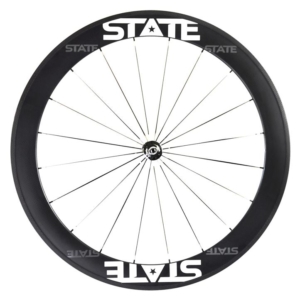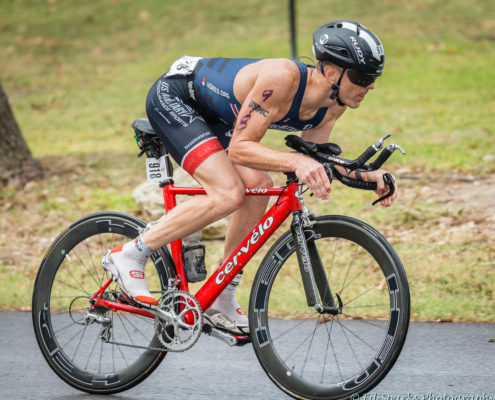Saddle bag and essential items explained
It’s important to carry a saddle bag with you on all of your bike rides. You know this is true if you’ve ever had a flat tire or minor mechanical problem. A saddle bag is specifically designed to hang underneath your bicycle seat. They come in a variety of sizes and styles. Make sure yours fits comfortably on the back of your bike. Some people even have two different saddles bags, one for training rides and one for races. Check the links below to see some recommended items. Pro tip: follow the dos and don’ts of bike buying and make sure your saddle bag has what it needs.
At a minimum, it should have an inner tube, a patch kit, tire levers, and a bicycle-specific multi-tool in it. If you don’t know the size of your inner tube, check the sidewall of your tire. You could also ask your local bike shop what’s best for your bike. Pro tip: take care of your bike before issues arise with this helpful replacement timeline.
Fix a flat tire
Some cyclists carry a hand pump on their bike. If you don’t, it’s essential to have a CO2 cartridge and inflator. A flat tire can be fixed in less than five minutes. You can get back to riding if you have the tools and spare with you to fix it. Otherwise, you’ll be calling a friend for a ride or maybe calling in late to work if you’re mid-commute when the flat tire happens.
Other mechanical problems
A loose bolt could allow your handlebar to move or your seat to slip. Those two issues are an easy fix if your saddle bag has a bicycle-specific multi-tool. A broken chain is a less common occurrence. A chain tool is included in many multi-tools. It’s a necessity if your chain breaks while you’re out on a ride. You might want to consider carrying a “missing link” for any chain issues.
Learn how to change an inner tube or use a CO2 inflator. Talk to your mechanic or ask a friend to teach you how before your next long bike ride. Finally, you should always have a cell phone, some cash, and identification with you in case of an emergency. You don’t need to store those items in your saddle bag. The cash is useful on long bikes rides when you plan to stop at a gas station to refuel.


